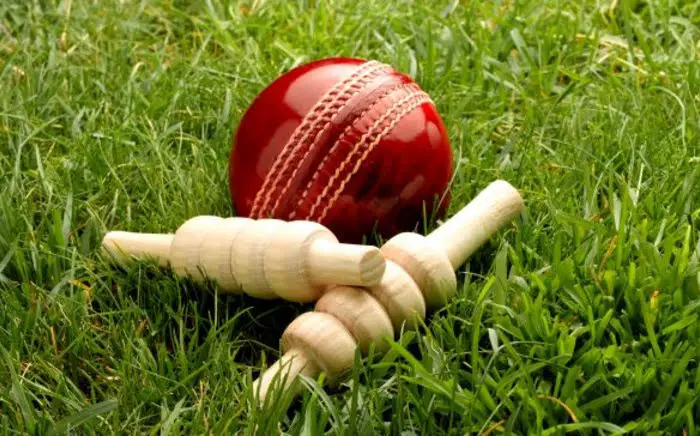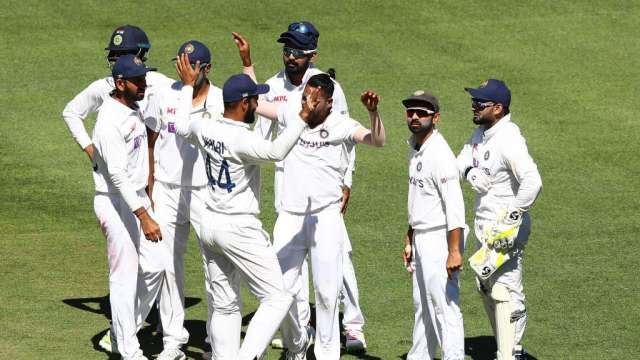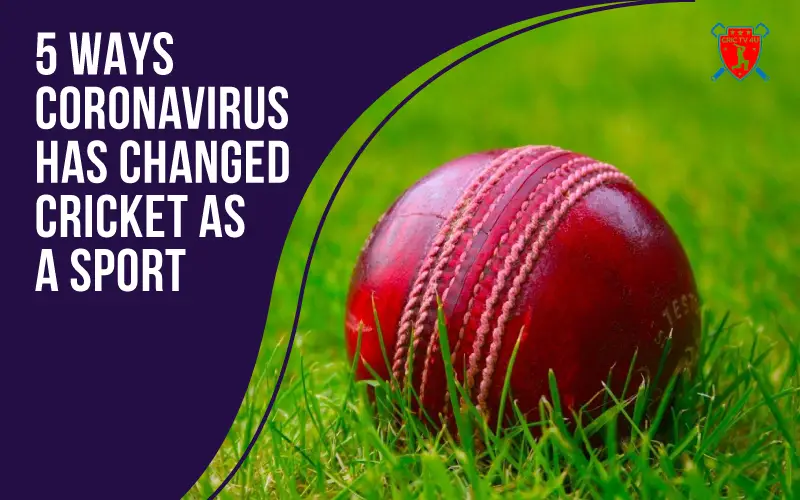Let’s talk about the 21st century’s most destructive pandemic Novel Coronavirus or Covid-19. This pandemic not only destroyed other industries like the Media Industry, Education Industry, and Corporate world, but also one of the loveliest industries of the world.
Can you guess what we are trying to tell? Well, we are talking about the sports industry. Some instances had positive impacts on the lives of sportsmen, but we should also remember that in 2020 most of the sports personalities had gone through their tough times, the same as we found when the lockdown started in our country in March 2020.
Many major sports events got canceled or postponed due to the Covid-19 outbreak. As a result, there was a lack of live international sports coverage all across the globe. One such sport which was immensely popular amongst many others who have suffered in this pandemic is International Cricket. So we have brought you some of the most awaiting 10 ways that Coronavirus completely changed Cricket as a sport. Without any further discussion, let’s get started with our main topic.
1. Introduction of new rules
ICC (International Cricket Council) has made temporary changes to its playing regulations. This includes banning to use of saliva to shine the ball. There was another rule that most people aren’t aware, i.e., allowing home umpires in every international series as per a release issued by an international body.
Here are some biggest temporary changes in rules concerning the Covid-19 pandemic-
- All teams will be allowed to replace players who are displaying symptoms of Covid-19 during any matches
- The Match Referee will approve the nearest like-for-like replacement
- To shine the ball, the players should not use any artificial substance, but using sweat is permitted
- Additional DRS review per innings is introduced in each format as an interim measure.

2. Bigger Squads
After the Covid-19 pandemic, the visiting teams are bringing more cricketers into squads due to difficulties of flying in replacements at short notice, obeying quarantine rules. This seems like 22/23 players will be in squads instead of the usual 14/15 players, which used to be a strong norm earlier.
Let us explain this with an example: West Indies had a tour in England, here the thing we have to note is England had 22 players (13 in the main team and 9 were kept as reserve players), but West Indies, on the other hand, landed in England with a 14-man squad along with 11 reserve players.

3. Bio-bubble
If you are a true cricket fan, you will know about the nature of bio-bubble. But for those who are not aware, let us remind you that Bio-bubble is an invisible shield currently used to organize any sporting event to be a safe and secure environment for a certain amount of people. You may be thinking, who are these particular people in this invisible shield. These specific people can be cricketers, coaches, support staff, commentators, groundsmen, etc.
The pioneers of bio-bubble in cricket events were the West Indies tour of England, where all the team members, support staff, coaches, and commentators were isolated and made a complete cut-off from the outside world.

4. Revenue model
We all know that the primary revenue that Cricket used to generate was through licensing of TV broadcasting rights. Due to the Covid-19 cricket industry faced substantial financial crises. Small cricket countries like West Indies, Bangladesh, and Srilanka suffered huge losses as their media contacts were not renewed.
Due to the coronavirus outbreak, they suffered enormous losses - from the West Indies cricket board to the Australian cricket board. Remember the IPL 2020 cancellation BCCI and other stakeholders here incurred the loss of Rs 3,000 crore, and Star Sports network, the broadcaster of IPL, suffered from Rs 1,500 crores.

5. Strict Quarantine Rules
Quarantine has not only closed the door of common people but also for cricketers. According to this report from financial express, all Indian cricketers and support staff had to undergo COVID-19 RT-PCR tests, 24 hours long and one week before joining the 14-day quarantine period with their respective teams. Here if anyone tests positive, they will undergo a strict 14-day quarantine.
Now here comes the best part: all those in that hectic 14-days quarantine will go through two more COVID-19 RT-PCR tests. Again, they have to test 24 hours, and if they are found negative, they can play peacefully in the series.

Final Words
The Covid-19 pandemic is something that will continue to evolve over the period. The rise of the Delta variant is still concern not just for Cricket but for all sports. We hope that people will once again enjoy Cricket in a stadium that will full-house and chant the names of their favorite cricketers.






